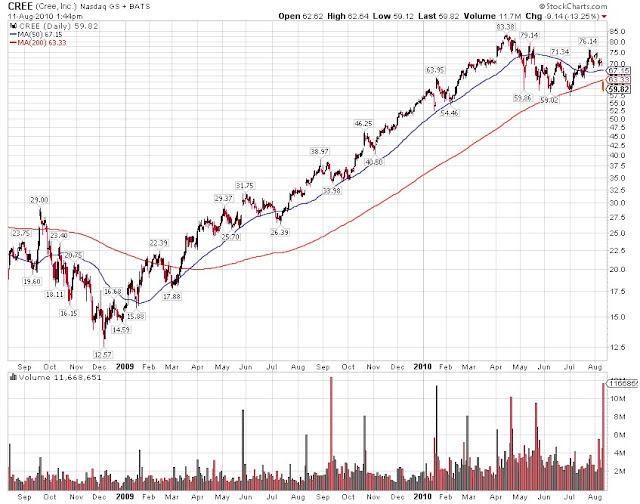In a February 20, 2019 Barron’s article titled “How To Get Two Valuable Chip Stocks In One” it is suggested that Entegris Inc. (ENTG) is worth consideration as an investment for the following reasons:
-
Recent merger with Versum Materials (VSM).
-
mergers allow for greater market share and products.
-
Invests heavily in R&D.
-
Accelerated growth potential.
-
Target price of $43 by Patrick Ho of Stifel.
-
Target price of $39 by Weston Twigg of KeyBanc.
-
Target price of $50 by Barron’s “in next few months”.
-
Prior success with large mergers in the past (ATMI in 2014).
Let’s work backwards to see if we can deconstruct the premise to consider ENTG as an investment opportunity at this time.
The prior success related to the ATMI deal, which was announced on February 4, 2014, seems to have had tepid success initially. In fact, two years after the deal was announced, ENTG was trading at the exact same price, as seen below.
To be fair, in 2014, the U.S. economy was experiencing a slowdown that we have already characterized as a “recession-like” even though not officially recognized as one by the National Bureau of Economic Research. In spite of this fact, the acquisition of ATMI at the time is either reflective of a pervasive attitude by management that thing are good and that they can afford to venture into the merger and acquisition arena or that a temporary peak in the market has arrived.
The target prices offered by the analysts were reasonable hedges on continuation of upside momentum. Patrick Ho of Stifel seemed to be the most reasonable by essentially suggesting that ENTG would retest the prior high. The $50 price target “…in next few months…” by Barron’s ventures far beyond what seems reasonable considering the run-up in price of +236% from the 2016 low.
The points about greater market share, R&D, and accelerated growth potential are all reasonable assumptions and should materialize. However, sizable mergers and acquisitions need some element of time to coalesce before the benefits can be seen. As it appears to be the case in the 2014 to 2016 period, either the acquisition was at the peak in the market or the need for a digestion period was necessary before the gains, 2016 low to most recent peak, can be recognized by investors.
It is easy to be a critic after the fact on mergers and acquisitions and the rationale behind them. However, to the credit of Entegris management, they could have had their eyes on VSM for a while after it was spun-off from Air Products (APD) in 2016. However, at the time of the announced deal for Versum Materials, Entegris was at the highest price relative to VSM, as seen below.
In this case, the acquisition of Versum Materials was pure genius as in indicates that management is taking advantage of the opportunity before there is a considerable turn in the market when deal making become much more difficult.
Assuming that the 2014 acquisition of ATMI was ENTG management’s prescient call in a reversal of the market and seizing the opportunity before it slipped away, we could infer that the latest acquisition of Versum Materials (VSM) is going to be followed by a cooling off period for the price action of ENTG. Additionally, there are indications that ENTG could be bought down the road at highly favorable prices.
In our next posting on Entegris Inc., we will project the ten year price targets for the stock assuming a highly conservative growth rate for a chip stock.







